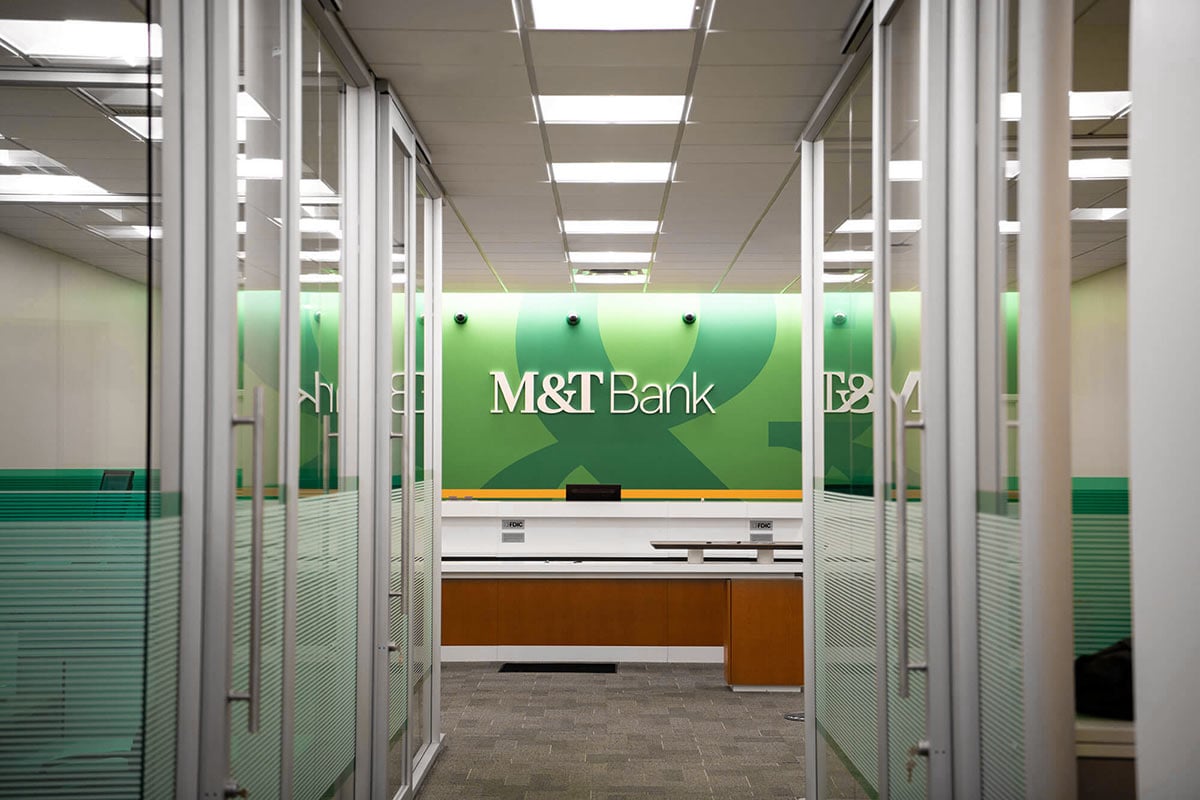
M&T Bank’s ROIC of 5.52% compared to its WACC of 10.43% indicates it generates less in returns than it costs to raise capital.
Moody’s Corporation (NYSE:MCO) showcases a significantly higher efficiency with an ROIC of 18.99% and a WACC of 8.99%.
Comparing M&T Bank to its peers, it’s clear that while some banks have managed to achieve a positive ROIC/WACC ratio, M&T Bank lags behind in financial efficiency and capital allocation.
M&T Bank Corporation (NYSE:MTB) and its closest peers have been analyzed based on their Return on Invested Capital (ROIC) and Weighted Average Cost of Capital (WACC), revealing insights into their financial efficiency and capital allocation. M&T Bank, a prominent player in the banking sector, faces stiff competition from other financial institutions like Northern Trust Corporation (NTRS), Comerica Incorporated (CMA), The PNC Financial Services Group, Inc. (PNC), Moody’s Corporation (MCO), and KeyCorp (KEY). These companies operate in a highly competitive environment where efficient capital allocation is crucial for generating shareholder value and sustaining growth.
M&T Bank’s ROIC of 5.52% compared to its WACC of 10.43% results in a ROIC/WACC ratio of 0.53. This indicates that the bank’s return on invested capital is less than its cost of capital. In simple terms, for every dollar M&T Bank invests, it generates less in returns than it costs the bank to borrow or raise that dollar, which is not an ideal position for any company. This situation suggests that M&T Bank may need to reassess its investment strategies or find ways to reduce its cost of capital to improve this ratio.
In contrast, Moody’s Corporation (NYSE:MCO) showcases a significantly higher efficiency in its operations with an ROIC of 18.99% and a WACC of 8.99%, leading to a ROIC/WACC ratio of 2.11. This indicates that Moody’s is highly efficient at using its capital to generate returns, far surpassing its cost of capital. Such a high ratio not only highlights Moody’s superior capital allocation strategy but also makes it an attractive option for investors seeking companies that can efficiently turn their invested capital into profitable returns.
Comparing M&T Bank to its peers, it’s clear that while some banks like Comerica Incorporated and The PNC Financial Services Group have managed to achieve a positive ROIC/WACC ratio, indicating they generate more in returns than their cost of capital, M&T Bank lags behind. This comparison underscores the competitive challenges M&T Bank faces within the banking sector and highlights the importance of improving its financial metrics to enhance shareholder value and maintain competitiveness.
Overall, the analysis of ROIC and WACC among M&T Bank and its peers provides valuable insights into their financial health and efficiency in capital allocation. While M&T Bank currently finds itself in a less favorable position, understanding these metrics can help the bank and its stakeholders identify areas for improvement and strategies to enhance its financial performance in the competitive banking landscape.

